The concept of prepping for doomsday, once only practiced by the fringes of society, has never been more popular: preppers are everywhere, and some are even making money by teaching people their skills.
National Geographic produced a television show on the subject that ran for four seasons between 2011 and 2014. Despite the fact that it was a wild success, with the first season becoming the highest rated program in the channel’s history, it was panned by critics.
It was savaged by The New York Times’ Neil Genzlinger as “absurd excess on display” and “offensively anti-life … full of contempt for humankind.” He mocked the “prepper worldview” for how easy it is to “ridicule,” and said: “What these folks want most of all is not to protect their families … What they want is a license to open fire.”
The Obamas are releasing movies about technological breakdowns, Mark Zuckerberg is building a bunker, and Hollywood is making movies about a civil war. It seems everyone is thinking about doomsday…but what do YOU think?
— Valuetainment Media (@ValuetainmentTV) December 18, 2023
Then, the show pulled an episode for featuring a YouTuber named James Yeager after an anti-gun advocacy group attacked the network. They dredged up comments Yeager had made about his eagerness to respond to threats with violence. National Geographic caved to the pressure.
Finally, when in the aftermath of the shooting at Sandy Hook Elementary School in Newtown, Connecticut, it was discovered that the shooter Adam Lanza was allegedly a doomsday prepper, a Change.org petition formed to cancel the show. Claiming that it celebrated “the extreme views of individuals on the fringes of society” and posed a risk of radicalizing the mentally ill, the petition actually brought the show down.
Learn the benefits of becoming a Valuetainment Member and subscribe today!
But Americans’ fascination with prepping did not die; in fact, it’s even more popular with young demos. In April, data research firm Finder released numbers indicating that Gen Z and Millennials prep more than older generations. Forty percent of Gen Zers and 39 percent of Millennials said they had spent money on doomsday supplies in the last year, compared to 20 percent of Gen Xers and just 18 percent of Boomers.
Men are 12 percent more likely to be preppers than women (35 percent vs. 23 percent). Roughly a third of the adult population in the U.S. spent a collective $11 billion on emergency preparations, or an average of $149 each, from April 2022 to April 2023.
The most popular item(s) for people to make stashes of is food and water, with 21 percent of Americans keeping emergency rations. The next is toilet paper at 15 percent, followed by medical supplies (14 percent), survival kits (12 percent), stashes of cash (9 percent), and home renovations (8 percent). A glance at what people buy is a good indicator of what you can do to prepare for a collapse.
The region of the U.S. with the most preppers is the West Coast (32 percent); the least likely is the Northeast (24 percent).
Prepping has gotten so popular that lines of boutique prepping packs have popped up, such as Preppi, which offers basic emergency supplies in a chic retro doctor’s bag. There’s also Judy, which sells emergency prep kits starting at $300. Judy reported a 29 percent increase in sales between Oct. 2022 and Oct. 2023. When forest fires coated the entire East Coast in thick smoke back in June, Preppi saw their YTD sales quadruple.
Cooler and cup company Yeti formed a partnership with emergency equipment maker Uncharted Supply to produce a $730 survival kit, featuring a water filtration system, an air filtration mask, and dozens of tools. In Oct. 2023, Uncharted’s chief executive Christian Schauf told Wall Street Journal they were on track for their best sales year since it launched in 2016. Many preppers insist that one should not rely on companies, and to make your survival kit yourself (but basing it on what they assemble isn’t a bad idea).
YouTubers like @idahoprepper show off their supply closets online, featuring pantries of food, gun cabinets, and various equipment like combat vests, backpacks, walkie talkies, and flash lights.
In October, a New Jersey resident who has been teaching survival skill classes for the past 20 years remarked that the market demand for the information has never been bigger. He reports that after the war in Israel broke out his call volume took off, and is now seeing a 10-person waiting lists for his 20-person classes.
One fifth of American households bought firearms during the pandemic, for a total of more than 50 million guns purchased between 2020 and 2022, according to data from nonprofit The Trace. Their findings indicated that annual gun sales are twice what they were compared to 15-20 years ago.
According to National Shooting Sports Foundation (NSSF), new gun ownership reached a record 21 million during the pandemic. The demographic of those purchasing guns was also different: between Jan. 2019 and April 2021, half of gun purchasers were female, one fifth were Black, and one fifth were Hispanic, a first for every category, according to a study from Northeastern University.
And according to Precedence Research, ammunition sales are increasing and are only expected to continue, from $31.9 billion in 2021 to $34.47 billion in 2023 to $45.2 billion in 2030. Analytics firm Grand View Research also projects a steady increase in ammo sales until 2027.
Mark Zuckerberg was recently exposed by Wired for building an underground bunker as part of his $100 million compound on the Hawaiian island of Kauai. The two mansions inside the compound (which is surrounded by six-foot walls) will have tunnels connecting to a 5,000 square foot underground sanctuary complete with a blast-resistant door, food and energy supplies, and an 18-foot tall 55-foot-wide water tank with a pump system.
OpenAI founder Sam Altman is also a prepper. In 2016, he told The New Yorker “I have guns, gold, potassium iodide, antibiotics, batteries, water, gas masks from the Israel Defense Forces, and a big patch of land in Big Sur I can fly to.” Altman said he and his friends talk about ways the world could end when they get drunk, and that he was convinced to start prepping when a Dutch gain-of-function research laboratory edited a H5N1 bird flu virus to make it highly contagious. “The chance of a lethal synthetic virus being released in the next twenty years became, well, nonzero,” he said (prescient!). At the time, his other theories about how the world could end were “A.I. that attacks us and nations fighting with nukes over scarce resources.” As for what his plan was if a pandemic did break out, he said he would fly to New Zealand to stay with PayPal co-founder Peter Thiel.
Thiel has since faced serious obstacles in his plan to create a state-of-the-art doomsday home in the island nation. Having already obtained a 477-acre property, the New Zealand government shot down his housing construction proposal on environmental grounds (and on the grounds that it would be an eye sore).
On Dec. 16th, Fox News ran a segment on preppers and the end of the world. They brought on a guest named Col. Drew Miller, the CEO of Colorado-based survival compound Fortitude Ranch, as well as a consulting firm called Fortitude Collapse Preparedness. Miller told Fox host Laura Ingraham that the most commonly identified threats to the system are the failure of the energy grid, a bio-engineered virus or attack, a civil war (which he said was predicted by Ray Dalio), an economic collapse, or terrorist attacks from open borders.
The Obamas’ hand in producing the recently released Leave the World Behind, a film about a wide scale cyberattack that brings down the U.S., caused many to wonder if they know something we don’t. The concept of “predictive programming,” where the alleged global elite mentally prepare the population for disasters they already know are going to happen (and hypothetically want to happen) has taken the internet by storm, especially after the release of the trailer for the upcoming movie Civil War.
Watch the PBD Podcast interview Peter Pry — a nuclear weapons expert — about the possibility of an end-of-the-world scenario.

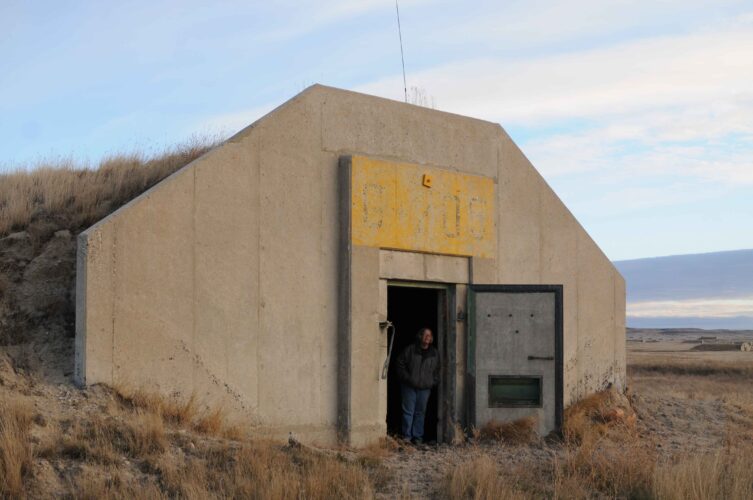

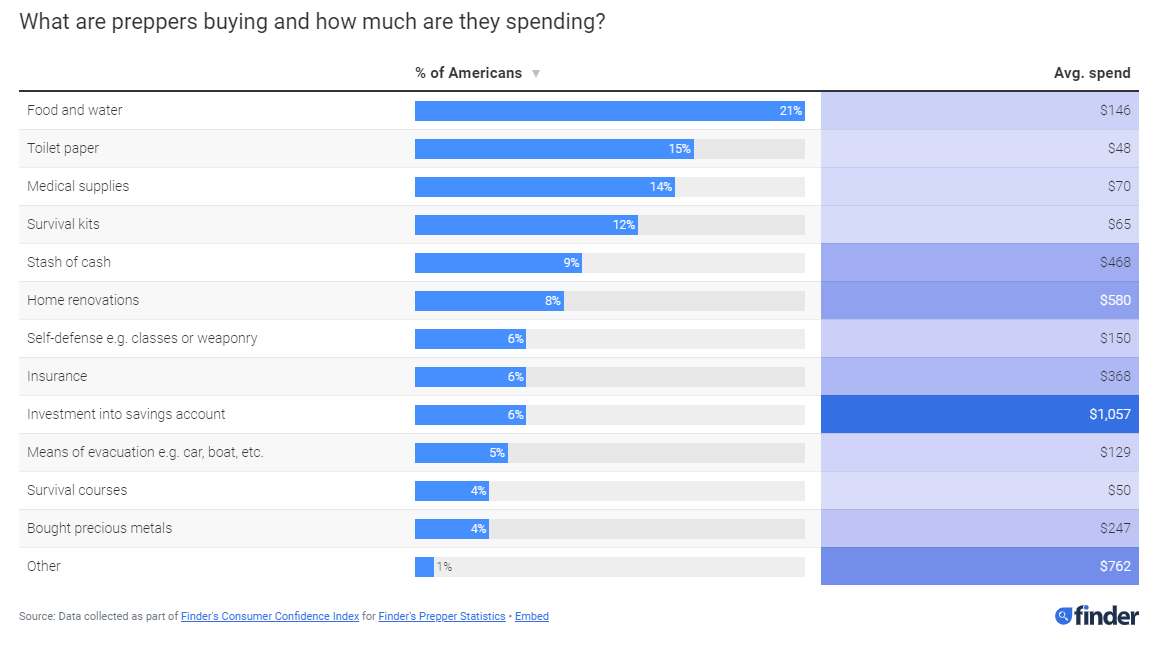
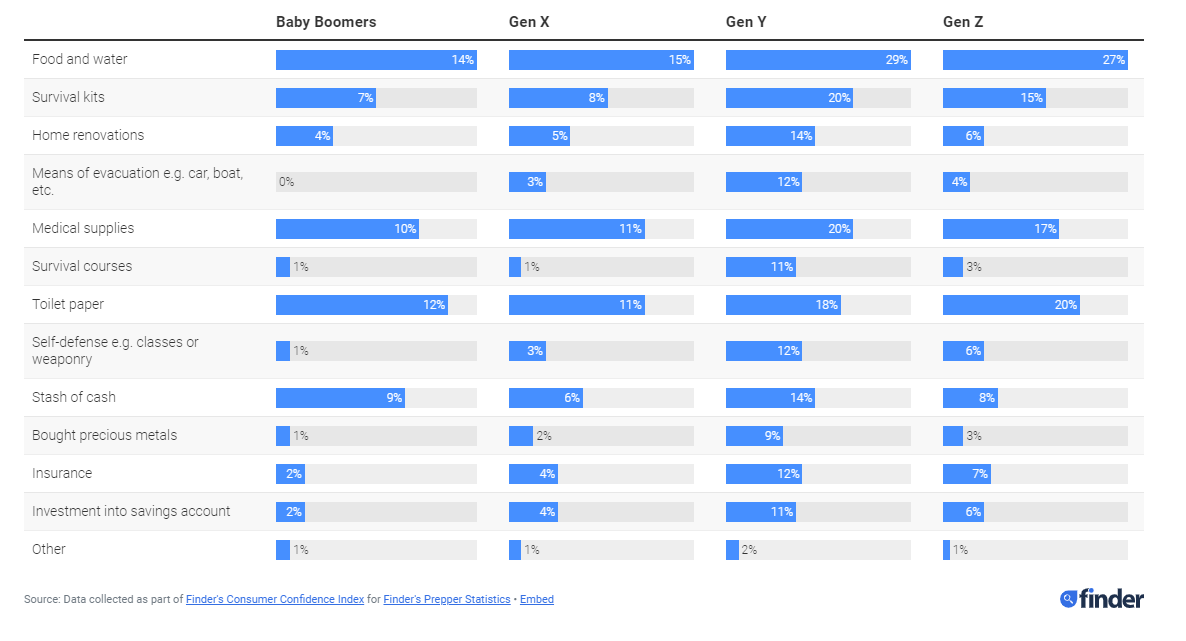
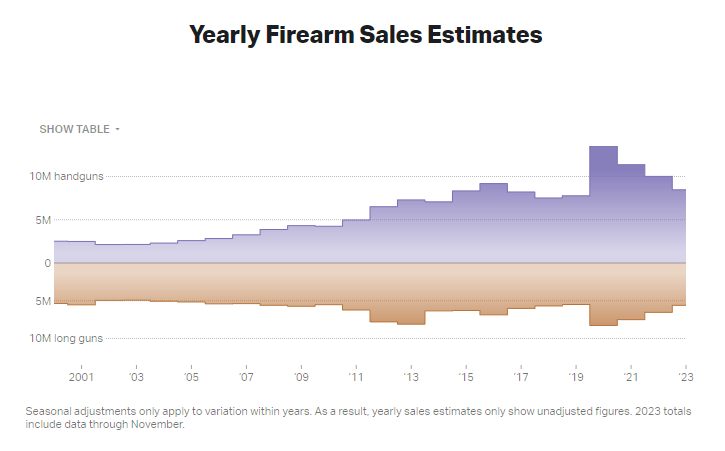
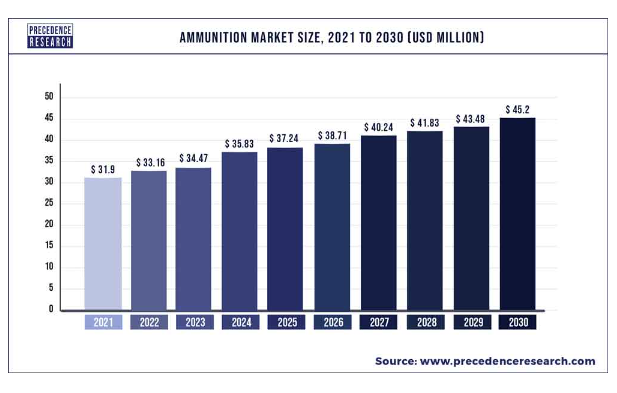



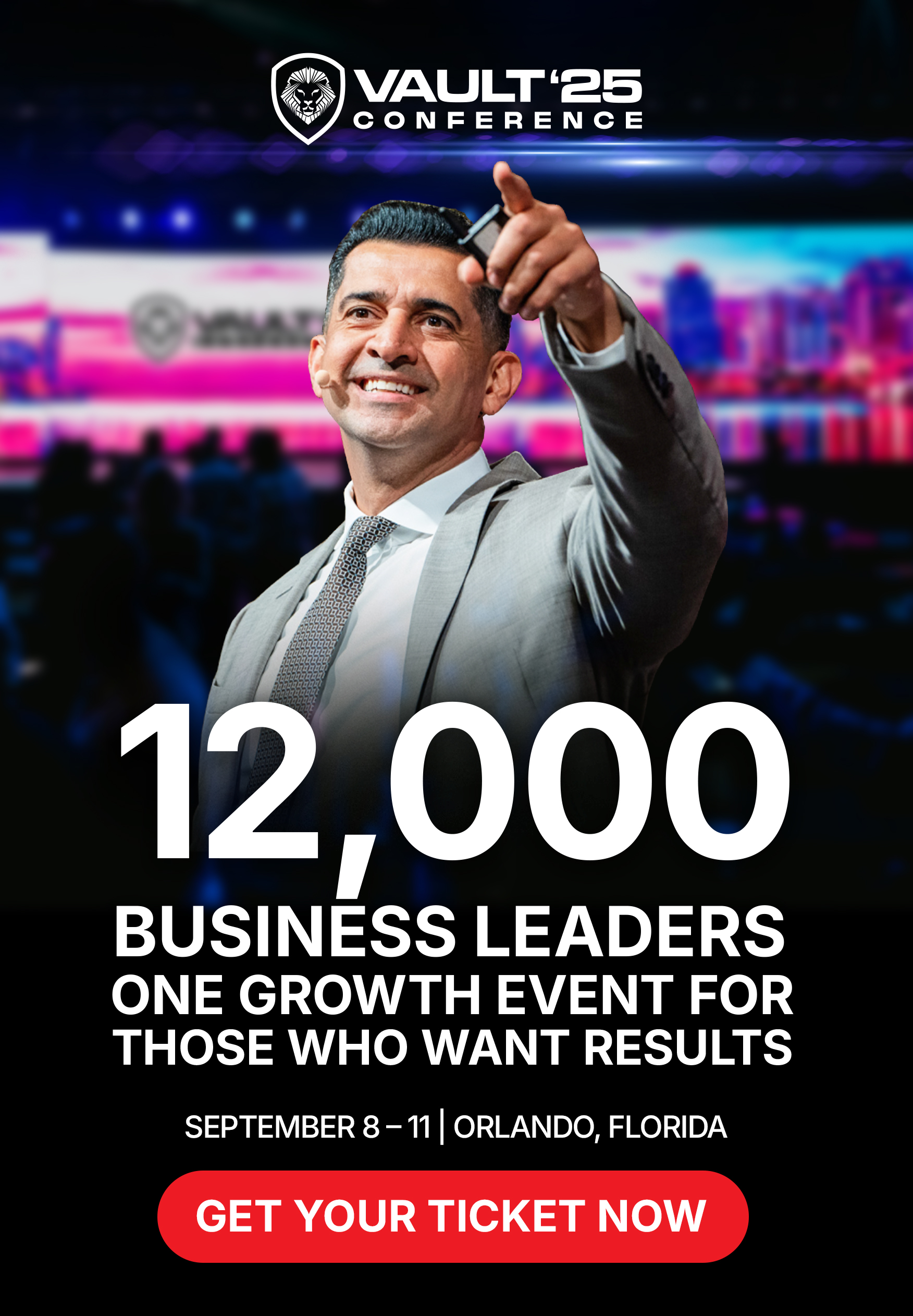



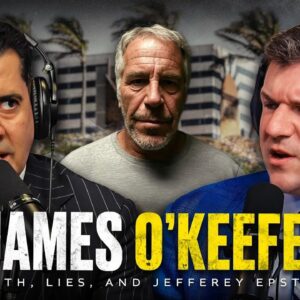








Add comment